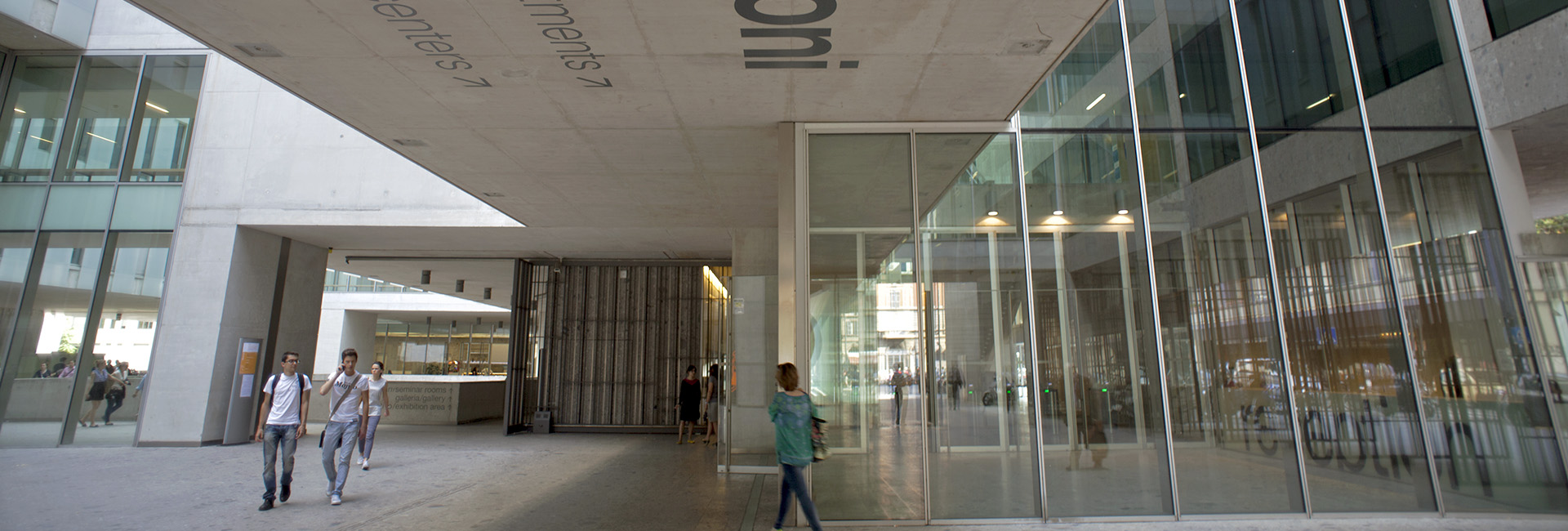Press Room

How global cities fight the greenhouse effect
Global city governments correctly identify transport and energy uses in buildings as the main drivers of greenhouse gases emissions and their mitigation plans are coherent with the local emission context, a comparative paper by Edoardo Croci, Sabrina Melandri and Tania Molteni finds out.
In A Comparative Analysis of Global City Policies in Climate Change Mitigation: London, New York, Milan, Mexico City and Bangkok (IEFE Working Paper Series, n. 32, March 2010) the authors compare local emission inventories and mitigation plans. The choice of the five cities is heavily influenced by the lack of uniformly collected data and Croci and his colleagues state that the need of standardized indicators and methodologies constitutes an area of future development and investigation. Emissions recording criteria at local level differ, for instance, in including or excluding indirect emissions related to imported electricity or emissions embedded in goods and services consumed within the city.
The industrialized world’s cities, as a rule, have a better emissions/GDP pro capite ratio than respective countries thanks to higher energy efficiency. The same isn’t true for cities in the developing world. While in London, Milan and New York buildings are the main source of emissions, in Mexico City and Bangkok transports are in the top slot.
In coherence with their emission contexts London, Milan and New York share similar local emissive contexts and mitigation strategies based on the stimulation of energy efficiency and savings in individual consumption, the promotion of higher energy efficiency and higher use of renewable energy in new buildings, the support for generation combining heat and power and the pressure on the main energy provider for lower carbon intensity. Bangkok and Mexico City, on the contrary, share an emissive context and mitigation strategies strongly centred on transportation. “Their climate strategies”, Croci, Melandri and Molteni write, “identify the most relevant mitigation potential within the transport sector and strongly rely on public transport provision”.
The researchers point out the conclusions’ limits due to the limited number of case studies, determined by the scarce availability of inventories and data at the local level, but observe a growing effort by cities in policies contrasting the climate change and are confident that “as local mitigation policies and city planning instruments for climate change keep spreading worldwide, a wider range of case studies will be gradually available for comparison”. A research area that needs further analysis, they affirm, “regards the costs of mitigation measures at local level and – more broadly – the costs for the implementation of local climate plans”.
Head of Press Office
Universita' Bocconi
Phone +39-02.5836.2330
Mobile +39-335.123.1716







